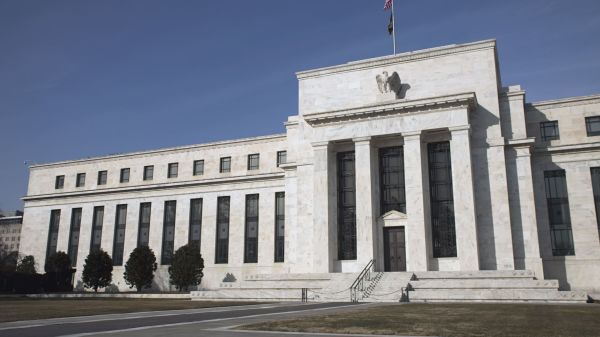
Stashing some cash in savings account used to be the monetary equivalent of stuffing money in a mattress. Those days are over.
In 2018, high-yielding savings accounts outperformed the stock market for the first time in over a decade.
As a result of rising interest rates, savings rates — the annual percentage yield banks pay consumers on their money — are now as high as 2.4 percent, up from 0.1 percent, on average, before the Federal Reserve started increasing its benchmark rate in 2015. The S&P 500 and Dow Jones Industrial Average ended last year by logging their biggest annual losses since 2008 — finishing in the red.
“The cash component of your portfolio may seem like a drag on performance when the stock market is doing well,” said Greg McBride, chief financial analyst at Bankrate.com. However, it “adds much needed stability when markets are falling.”
“Nothing illustrates that better than the fourth quarter of 2018,” he added.
To make the most of your savings, snag significantly higher savings rates by switching to an online bank, McBride said. Online banks are able to offer higher-yielding accounts because they come with fewer overhead expenses than traditional bank accounts.
Still, most consumers don’t check the interest rates on their savings accounts, and that can cost them. According to the FDIC, the average savings account rate is a mere 0.09 percent or even less at some of the largest retail banks. Online banks pay 10 or 20 times that.
“If you’re not keeping pace with inflation, you are losing buying power; over time, that’s just as damaging as a loss of principal,” McBride said.
“Look for at least 2 percent,” McBride advised. “But you can do even better.”
The best online banks also offer perks such as no minimum balance and free ATM access. You can even link an online savings account to the checking account at your local bank to access cash when you need it. “You don’t have to sever your existing banking relationship,” McBride said.
Supplementing with a high-yield savings account could mean almost an additional $500 in annual interest for the average U.S. savings account of $25,000, according to Anand Talwar, a deposits and consumer strategy executive for Ally Bank.
“We estimate there is $50 billion of interest that could be earned if consumers merely switched their savings account to a bank with better rates,” Talwar said.
McBride predicts deposit yields will move even higher before flattening by the end of the third quarter. “The highest yields will range from 2.9 percent on savings to 4 percent on 5-year CDs,” he said.


